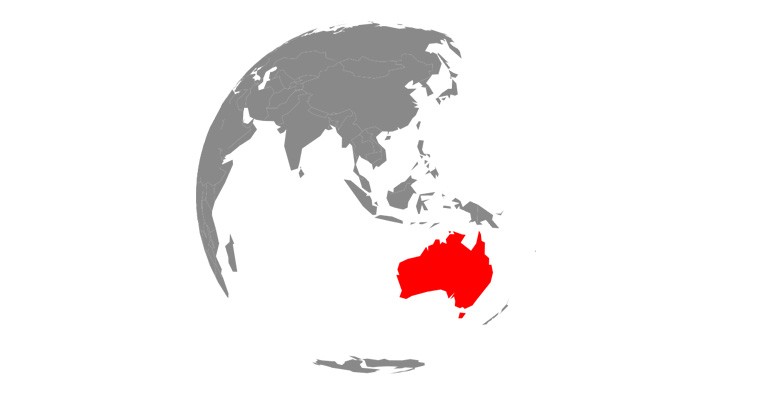Is sunlight the best disinfectant? Through serendipity, I happened on an article called Natural Alternatives to Bleach for Disinfecting.[1] It discussed pros and cons of such disinfectants as bleach, vinegar, hydrogen peroxide and yes, sunlight. The article stated that bleach could be dangerous, causing irritation to the eyes, mouth, lungs and skin, and when mixed with ammonia could result in the release of toxic fumes.
The authors suggested three alternatives: vinegar, which is non-toxic, hydrogen peroxide, which can cause burns at high concentrations, but when used safely is reasonably safe, and sunlight, which like vinegar is nontoxic. The article states “In fact, scientists have found that exposing a bottle of water to sunlight for 6 hours is an economical way to provide developing countries with safe drinking water (see References 2). The disinfecting properties of sunlight can also be useful around the house. If you have an object that you can move outside, the sun’s rays can help disinfect it. A stained piece of white laundry can be effectively brightened and disinfected by spraying the stain with lemon juice or vinegar and then hanging it in the sun.”
Imagine that—no wonder my mother hung her clothes out on a line in the summer sun to dry, although I don’t recall any use of vinegar or lemon juice.
The mention of water also took me back a few years to the time I spent a week with a Mexican friend of mine in a small town near Guadalajara called Juchipila. As most of you know, the drinking water in Mexico is often contaminated with noxious bacteria, and the sale of bottled water to prevent “Montezuma’s revenge” is big business. While there, my friend Miguel and I visited a bottled-water plant. Interestingly, the only method of purification was the exposure of the water to ultraviolet light. It obviously did a terrific job, because the proprietor did a good business with no reported problems of related bacterial diseases.
There was a time when sunlight was used to disinfect hospitals, and such should be the case now, considering the superbugs that have developed a resistance to antibiotics. The legendary humanitarian Florence Nightingale observed that sunlight helped heal wounded soldiers and insisted that hospitals be constructed to allow the free entry of sunlight.[2]
In reality, it has long been known that sunlight is a powerful disinfectant and bactericide. As early as 1877, researchers discovered that sugar water left in the shade became cloudy, indicative of bacterial growth, but if exposed to sunlight, it remained clear.[3] In 1890, the German microbiologist Robert Koch (who had isolated and described the tuberculosis bacterium in 1882), showed that sunlight killed TB bacteria.[4] Later on, research showed sunlight also killed E. coli bacteria in twelve feet of seawater and in waste stabilization ponds.[5] [6] [7]
In the aforementioned article comparing alternative disinfectants with bleach, the authors mentioned that exposing the armpits to sunlight would kill the bacteria that caused odor. There is little that I enjoy more than sunbathing with my hands behind my head and my armpits exposed to the sun. Lots of vitamin D, nitric oxide and endorphins produced, and later on I am more popular with my friends!
Sunlight exposure has been shown to heal Tuberculosis, psoriasis and a host of other diseases. To protect against a multitude of diseases, infectious and otherwise, be sure that you and your environment are exposed to plenty of sunlight, but also be sure not to burn. Any reddening of the skin indicates that you have had enough.
[1] http://homeguides.sfgate.com/natural-alternatives-bleach-disinfecting-79312.html
[2] Nightingale, F. Notes on Hospitals (third edition) Longman, Roberts and Green 1863.
[3] Downes, A. Researches on the effect of light upon bacteria and other organisms. Proc Roy Soc Med 1877;26:488.
[4] Hobday, R. The Healing sun. Findhorn Press 1999:132.
[5] Hart, D. Sterilization of the air in the operating room by special antibacterial radiant energy. J Thorac Cardiovasc Surg 1936;6:45.
[6] Gameson, A. et al. Field studies on effect of daylight on mortality of coliform bacteria. Water Res 1967;1:279.70.
[7] Calkins, J. et al. The role of solar ultraviolet radiation in natural water purification. Photochem Photobiol 1976;24:49.

